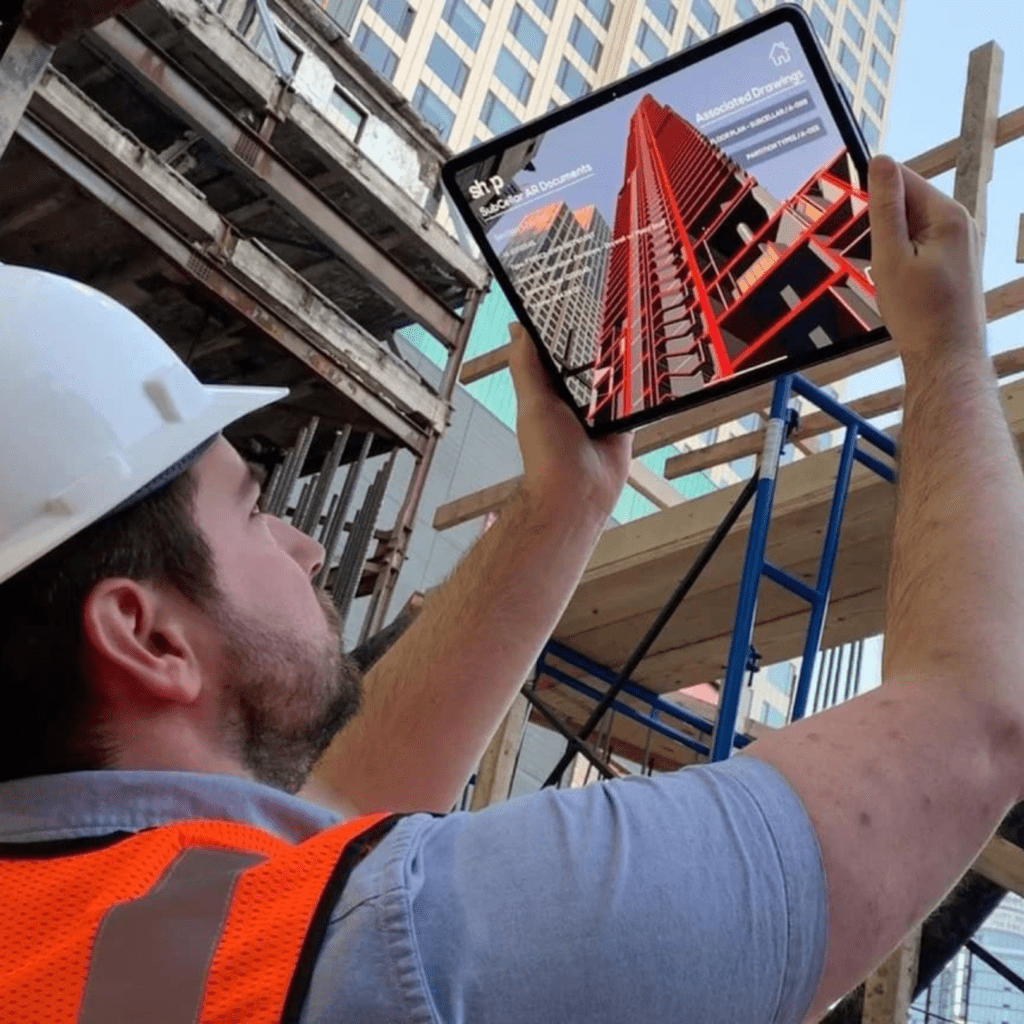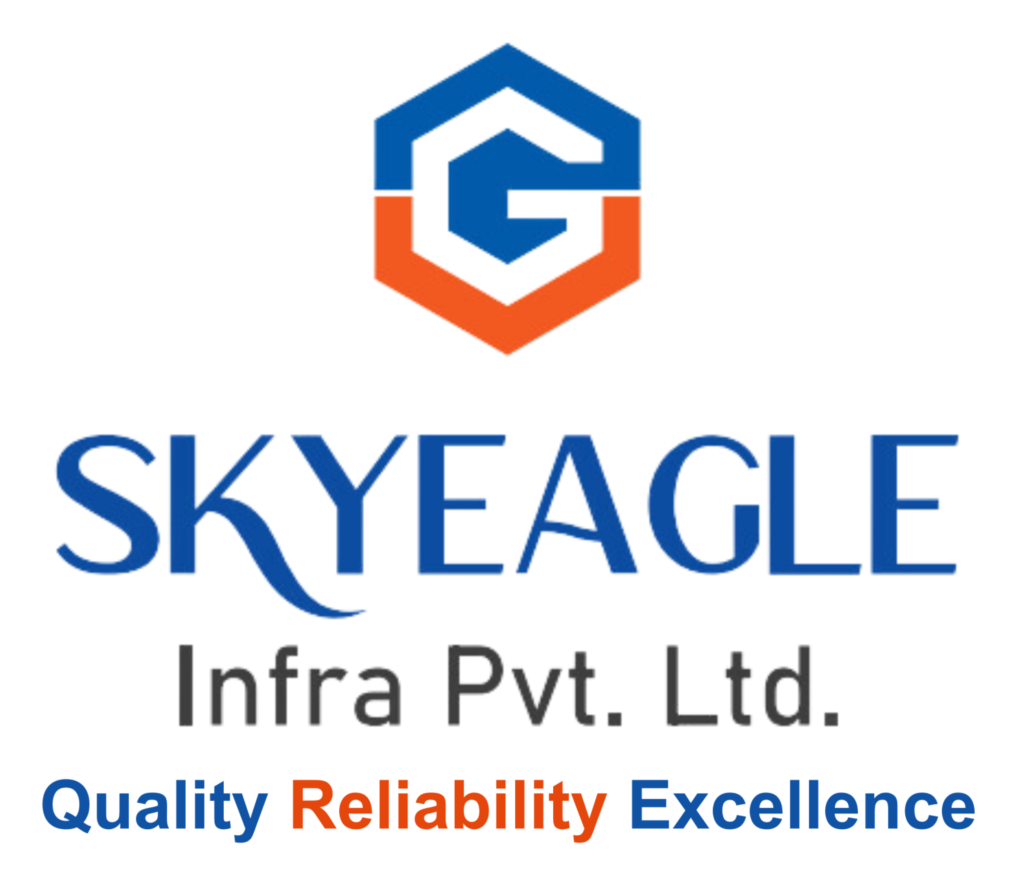How Does the Future of PEB Construction Looks Like!
PEB (Pre-Engineered Building) construction is an innovative construction method that offers several advantages in terms of cost, time, and sustainability. As we look to the future, there are several emerging technologies that have the potential to further enhance PEB construction.
Innovative Technologies in PEB Construction

Building Information Modeling (BIM):
BIM is a digital representation of the physical and functional characteristics of a building. It allows for comprehensive planning, visualization, and coordination of various construction aspects. Which includes architectural, structural, and MEP (Mechanical, Electrical, Plumbing) systems.

3D Printing:
Additive manufacturing, or 3D printing, has gained significant attention in the construction industry. In PEB construction, 3D printing can be used for customized fabrication of columns and beams.

Robotics and Automation:
The integration of robotics and automation technologies can streamline PEB construction processes. Robotic systems can assist in several tasks, reducing the need for manual labor and enhancing productivity.

Sustainable Materials and Green Building
There is a growing emphasis on sustainability in construction. Green building practices align well with PEB systems, which can be designed to reduce waste and energy consumption. The use of recycled materials and the ability to easily incorporate renewable energy systems. This make PEBs a sustainable choice for future construction projects

IoT (Internet of Things):
IoT technology enables the interconnectivity of various devices and systems within a building. This data-driven approach allows for optimized building management, predictive maintenance, and improved occupant comfort.

Augmented Reality (AR) and Virtual Reality (VR):
AR and VR technologies have the potential to revolutionize the design, visualization, and construction phases of PEB projects. They enable stakeholders to experience a virtual representation of the building. Thus, facilitating better decision-making, design validation, and efficient communication among project teams.

Drones and Aerial Imaging:
Drones, equipped with cameras or LiDAR scanners, can be used. For site surveys, progress monitoring, and quality inspections in PEB construction. Aerial imaging provides high-resolution data. Which enables accurate measurements, identifying design issues, and enhancing project management efficiency.
Advantages of Using Technology with PEB:
- Increased Efficiency: Automation and robotics can help speed up the fabrication and assembly which reduces labor costs. Modular and prefabrication techniques can be implemented to streamline the construction process which helps in completing the projects in less time.
- Enhanced Precision and Quality: The BIM technique helps in improving the accuracy of designs, reduce errors, and enhance coordination among all the stakeholders. Even the 3D Printing technique helps in the precise manufacturing of peb components ensuring consistent outputs each time.
- Cost Savings: Data analytics and AI have led to optimized resource allocation, reduced waste, and improved cost management. Automation in several parts leads to lower labor costs and minimizes waste of raw materials.
- Better Customization and Flexibility: 3D Printing helps in manufacturing customized or tailored components as per the needs of the project. With the help of AR and VR clients can visualize the site and easily suggest their designs to the builder.
- On-Time Maintenance: IoT systems help in identifying required maintenance by continuously monitoring peb building health with a motive to increase the lifespan of the building. Further, data analytics helps in forecasting and knowing any potential issues that may arise to ensure the durability of the building.
- Enhanced Safety: The real-time monitoring of these peb buildings increases safety by early identification of potential issues.
Conclusion
The future of PEB construction looks transformative and cutting-edge technologies are driving it. By leveraging these technologies it will enhance efficiency, reduce costs and also improve the complete quality of the construction projects. To align with modern green building practices, focus on sustainability to ensure peb structures don’t harm the environment.
Technological advancements bring significant benefits, including increased efficiency, cost savings, improved safety, and better customization. Adopting these innovations is really very crucial as the construction industry evolves. In order to achieve sustainable, efficient, and high-quality PEB projects.
In a nutshell, PEB construction’s future can be more efficient and sustainable by embracing current trends. Companies must leverage PEB advancements to outshine the competition in the evolving technology arena.




1 Comment
Astrid
I like this site very much, Its a really nice office to read
and incur information.Leadership